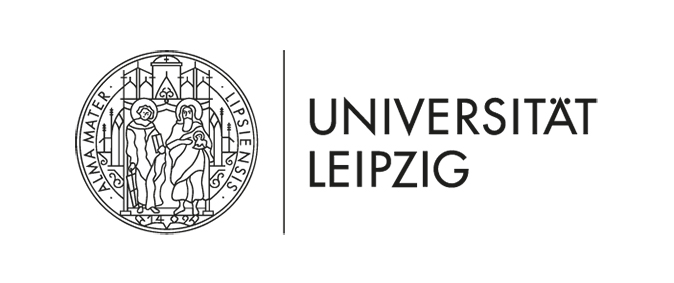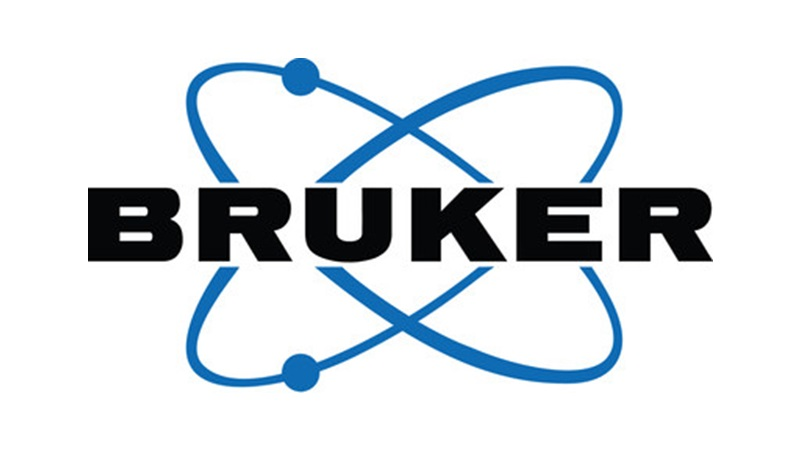|
14th Annual Symposium Physics of Cancer Leipzig, Germany Oct. 4 - 6, 2023 |
PoC - Physics of Cancer - Annual Symposium | ||||||||||||||||||||||||||||||
|
|
Contributed Talk
Deciphering the role of RAB5A-mediated tissue fluidification in cancer spheroid dynamics and their mechanical properties
Contact:
Metastatic formation is one clinical challenge for cancer treatment. The first step of tumor dissemination is invasion, where a transformed cell escapes from the primary tumor, crosses the basal lamina and enters the peritumoral environment. Our work involves a breast epithelial ductal carcinoma in situ (DCIS) cell line (MCF10.DCIS.com) engineered for RAB5A GTPase overexpression to trigger jamming-to-unjamming transition and enhance collective motility [1,2]. Specifically, we aim at relating the invasive behavior of RAB5A-overexpressing DCIS spheroids to distinct mechanical signatures. We first investigate the spheroid mechanical properties which drive transitions in dimensionality and active wetting. We show that RAB5A-overexpressing spheroids spread in a fluid-like, ballistic and isotropic manner. This solid-to-liquid transition is driven by an increase in traction forces at the migrating cell front. To further the understanding of the cell-substrate crosstalk in active wetting, we use surface nanopatterning to study the impact of ligand spacing on the spreading phenotype. Moreover, by monitoring the dynamics of mixed cell populations in wetting, we model the interactions between an unjammed, invasive carcinoma, and a jammed, tumor-suppressive tissue. Finally, we established a microfluidics-based experimental setup to analyze the process of spheroid fluidification under confinement. We observe that RAB5A overexpression fosters solid-to-gas spheroid dissemination in microchannels, which relies on channel architecture and cell-matrix interaction. In the future, we will work on deciphering how cell-cell and cell-substrate crosstalk contributes to the cell cluster polarization and invasion mechanics.
|









